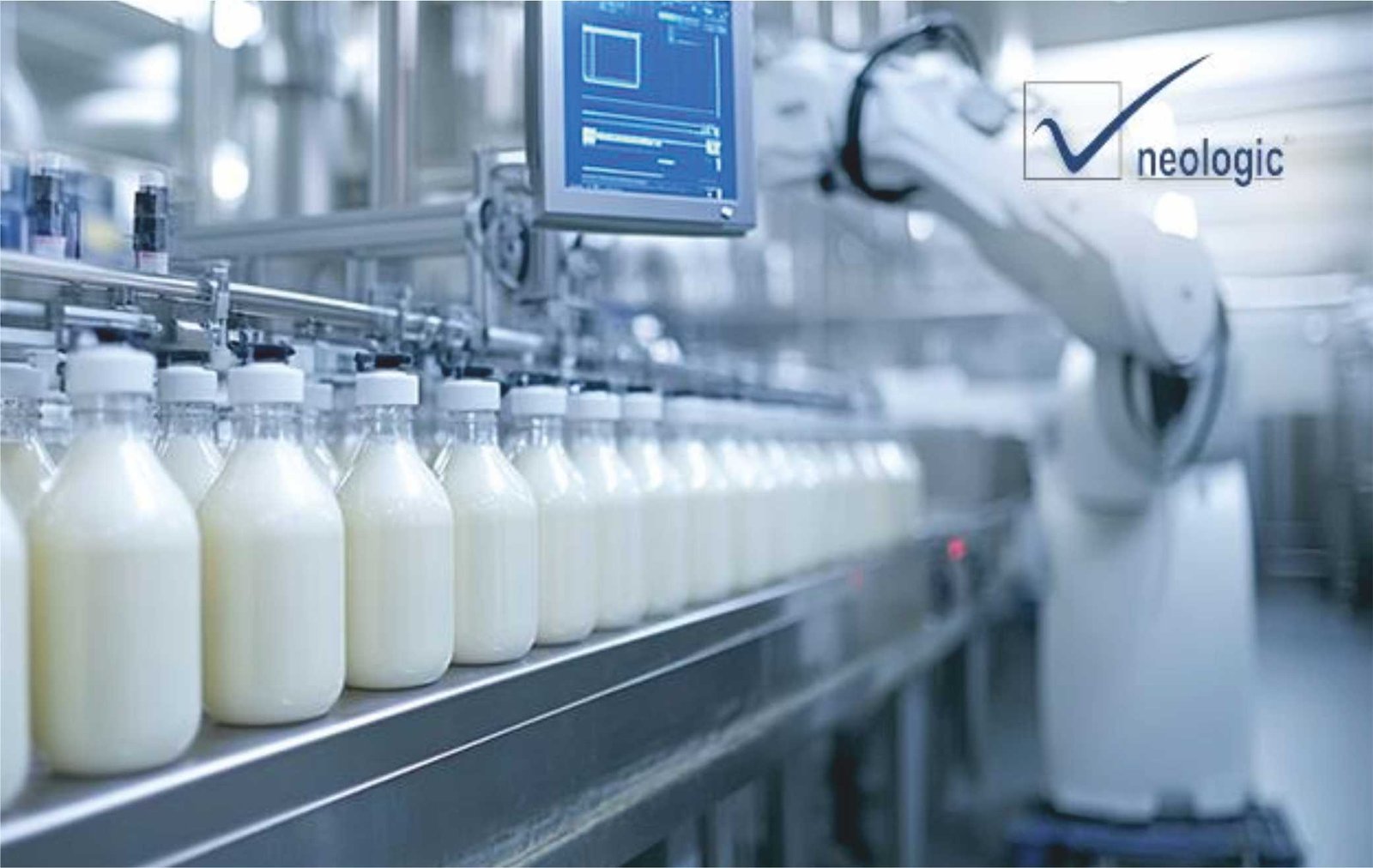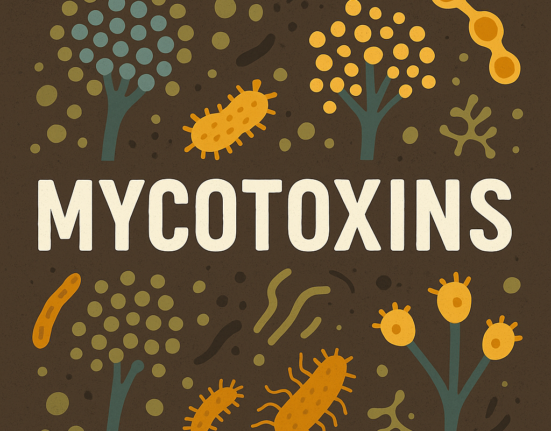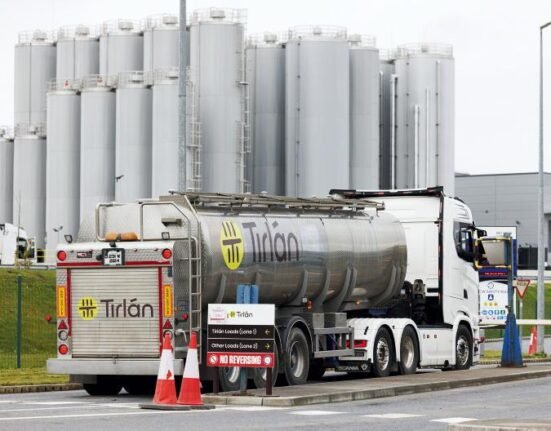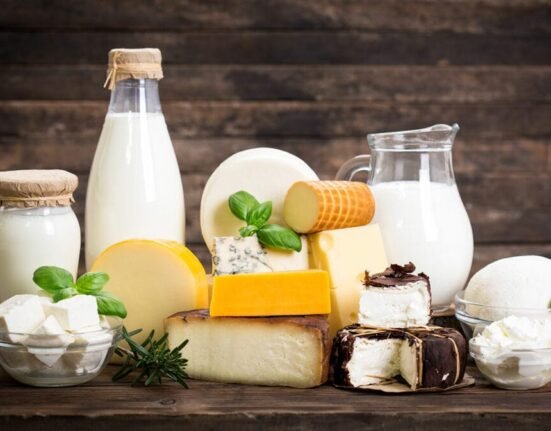The dairy industry is undergoing a significant transformation driven by technological advancements in automation. As global demand for high-quality dairy products continues to rise, producers are increasingly adopting automated systems to enhance operational efficiency, ensure product quality, and maintain stringent hygiene standards.
This shift is particularly critical in addressing persistent challenges such as human error, labor shortages, and contamination risks. The integration of automation in dairy equipment is not merely a trend but a strategic response to evolving regulatory requirements and consumer expectations.
Overview of Automation in Dairy Operations
Automation in dairy refers to the deployment of technologies that perform tasks with minimal human intervention. These technologies include robotic milking systems, PLC program driven processes, automated cleaning protocols, sensor-based monitoring, and data-driven management tools. The primary objectives of automation in this context are to:
- Improve consistency and accuracy in operations
- Enhance hygiene and food safety
- Reduce dependency on manual labor
- Optimize resource utilization
- Facilitate compliance with industry standards
Automation spans across various stages of dairy production, from milking and storage to processing and packaging. Dairy equipment manufacturers offer comprehensive automated solutions that mitigate the risks and enhances the product quality.
Mitigating Human Error Through Automation
Human error remains a major concern in dairy operations, often resulting in compromised product quality, equipment malfunctions or breakdowns. Automation in dairy processing addresses these issues through the following mechanisms:
- Standardized Milking Procedures
Robotic milking systems ensure uniformity in milking practices using programmed routines and sensor-guided mechanisms. These systems detect udder position, assess cleanliness, and apply consistent suction pressure, thereby eliminating variability associated with manual milking.
- PLC Program driven plant operations and processes
Both continuous and batch processes are now controlled by programmable logic controllers (PLCs). Critical operations such as thermal treatment in pasteurizers or sterilizers, heating or cooling steps, and batch mixing are managed through PLC programs. This ensures process accuracy, enhances product safety, and eliminates manual intervention prone to error.
- Real-Time Monitoring and Control
Automated systems incorporate sensors and control units that continuously monitor parameters such as milk temperature, flow rate, and equipment performance. Deviations from predefined thresholds trigger alerts or corrective actions, minimizing oversight or delayed responses.
- Automated Data Logging
Digital platforms record operational data in real time, reducing reliance on manual entries. This enhances the accuracy of records related to milk yield, cleaning cycles, which are essential for traceability and audit readiness.
- Predictive Maintenance
IoT-enabled equipment can identify early signs of wear and tear, enabling timely maintenance before failures occur. This proactive approach reduces downtime and prevents errors resulting from equipment breakdowns.
Enhancing Hygiene Standards Through Automation
Maintaining high levels of hygiene is imperative in dairy production to prevent contamination and ensure consumer safety. Automation enhances hygiene in several ways:
- Clean-in-Place (CIP) Systems
CIP systems automate the cleaning of tanks, pipelines, and milking equipment without disassembly. These systems follow precise cleaning protocols involving controlled cycles of water, detergent, and sanitizers. The consistency of CIP systems significantly reduces microbial risks.
- Reduction of Human Contact
Automated milking and packaging systems minimize direct human interaction with milk and equipment, lowering the risk of contamination from external sources such as skin, clothing, or airborne particles.
- Environmental Control
Automation also extends to climate regulation within dairy facilities. Systems manage temperature, humidity, and ventilation to create optimal conditions for milk storage and animal welfare. Controlled environments inhibit bacterial growth and preserve product integrity.
- Hygiene Documentation and Compliance
Automated systems maintain detailed logs of cleaning activities, equipment sterilization, and environmental conditions. These records support compliance with food safety regulations and facilitate internal quality audits.
Environmental and Sustainability Considerations
Dairy automation also supports sustainability initiatives within the industry by promoting resource efficiency and reducing waste
- Water and Energy Conservation: CIP systems and smart climate control technologies help minimize resource consumption.
- Waste Reduction: Automated feeding and milking systems reduce product spoilage and prevent overuse of raw materials.
- Emission Monitoring: IoT devices track energy usage and emissions, enabling farms to adopt more environmentally responsible practices.
These measures align with global efforts to reduce the environmental footprint of agricultural operations.
Future Outlook
The future of dairy automation is shaped by emerging technologies such as artificial intelligence, blockchain, and remote monitoring platforms. These innovations are expected to:
- Enhance supply chain transparency and product traceability
- Enable remote management and autonomous operations
- Provide 24/7 remote support and troubleshooting capabilities
As these technologies mature, they will further improve the efficiency, hygiene, and resilience of dairy operations.
Conclusion
Automation in dairy equipment represents a strategic advancement in addressing the industry’s longstanding challenges related to human error and hygiene. By standardizing operations, enabling real-time monitoring, and reducing contamination risks, automated systems contribute to safer, more efficient, and sustainable dairy production. While implementation requires thoughtful planning and investment, the long-term benefits in quality assurance, regulatory compliance, and operational efficiency make automation an essential component of modern dairy management.
by Mr. Shreesh Kashyap, Neologic Engineers







